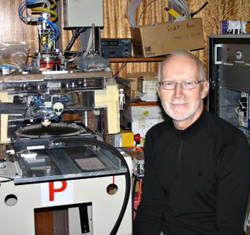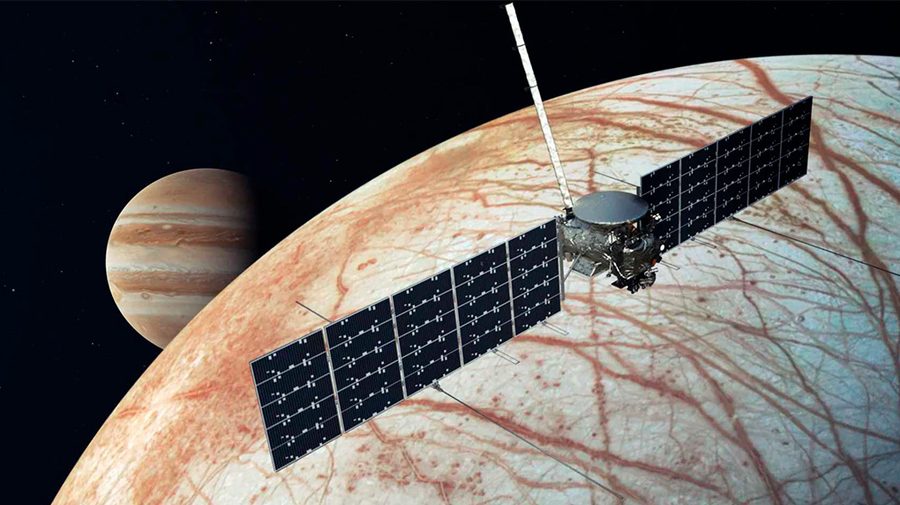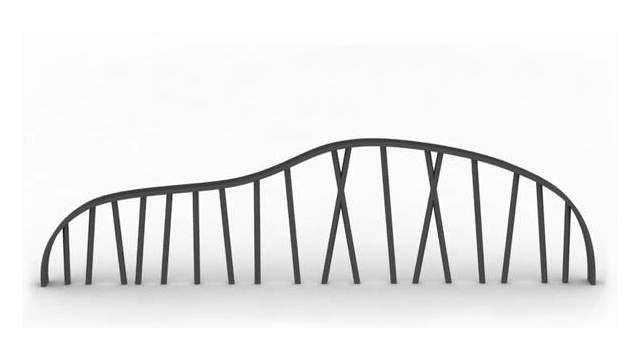NASA’s Deep Impact/EPOXI Is All Systems Go For Comet Flyby

Malcolm Hartley is an Australian astronomer who is best known for his discovery of 5 comets during the 1980s. He has been invited to NASA’s Jet Propulsion Laboratory in California next month to watch the EPOXI space probe do its flyby with the comet that he discovered in 1986. Hartley recently stated that he hadn’t thought much about the comet for 20 years, but now his discovery is getting all sorts of attention. News stories state that out of the millions of images from space he looked at, he stumbled onto something a bit out of the ordinary; a faint halo of light and a small trail upon which he had the inkling that it was a comet. Like all other things that astronomers discover, it’s given a name and jotted down in the books—103P-Hartley 2.

Astronomer & Comet Discoverer, Malcolm Hartley — Read an interview that NASA recently had with Mr. Hartley about his discovery.
This mission by the EPOXI space probe is only the fifth time that the craft has purposely made a close encounter with a comet to take high-resolution images. When the probe reaches it’s closest approach, it will be about 435 miles away from the comet and traveling about 7.6 miles per second. The high resolution photos will be approximately 7 meters per pixel at it’s closest approach and will allow us detailed imagery of the comet’s craters, fractures, and vents—and will allow us to gather details about the comet’s nucleus, which NASA says is less than a mile in diameter.
NASA’s WISE and Hubble telescopes have already been snapping photos of 103P-Hartley and scouting out potential destination points for the EPOXI mission toward the comet to prepare for the upcoming flyby (images below).
 NASA’s Wide-field Infrared Survey Explorer, or WISE, captured this view of Comet Hartley 2 on May 10. The Deep Impact spacecraft is due to fly past the comet on Nov. 4 as part of its EPOXI mission.
NASA’s Wide-field Infrared Survey Explorer, or WISE, captured this view of Comet Hartley 2 on May 10. The Deep Impact spacecraft is due to fly past the comet on Nov. 4 as part of its EPOXI mission.
 The Hubble Space Telescope took this picture of Comet Hartley 2 on Sept. 25
The Hubble Space Telescope took this picture of Comet Hartley 2 on Sept. 25
You however won’t need to wait for NASA to release the images to the public if you want to view the comet yourself. On the 20th of October, the comet will make it’s closest approach to Earth (around 11 million miles or 17.7 million km). You should be able to view the comet through a pair of binoculars or without anything at all near the constellation Perseus. But, once the NASA data is analyzed, I will be sure to post the spectacular images that the probe produces






